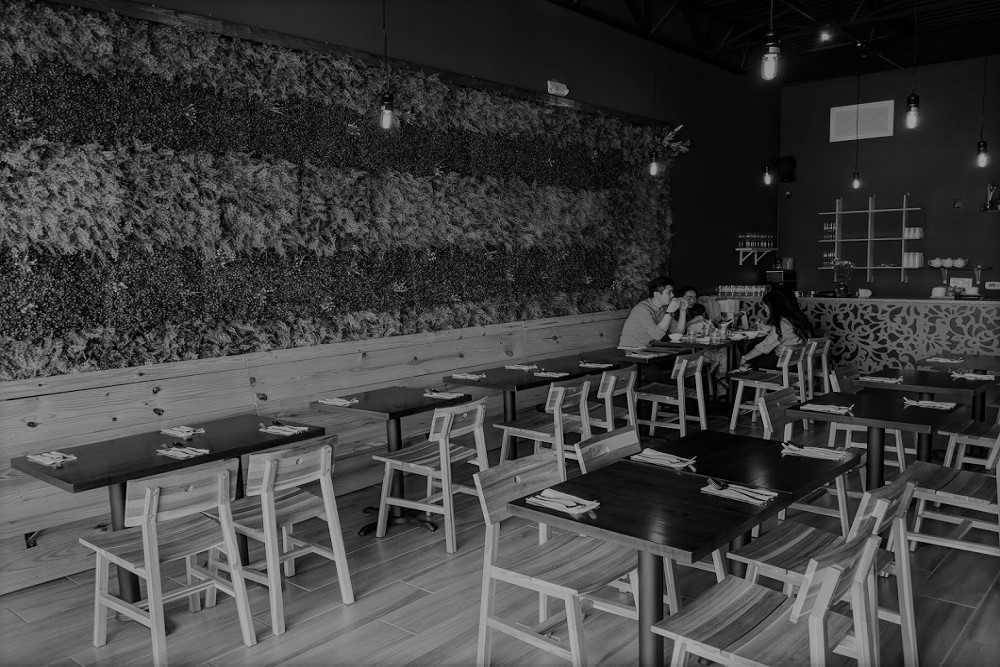Executing Your Rock-Solid Restaurant Soft Opening
Originally Posted on FoodableTV – By Doug Radkey 07/26/2016
Planning, execution, consistency, adjustments, training, and timing. These are all keywords you will hear during the start-up phase of your new restaurant.
There is no better way to test your restaurant or bar on these keywords prior to “officially” opening other than what is called a “soft opening.”
What is a soft opening? It is a series of fully operational shifts over the course of 1-2 weeks prior to ‘officially’ opening, in which only pre-selected guests can enjoy your new establishment. Soft openings are essential for many reasons and need to be viewed as an integral part of your start-up strategy.
It is an opportunity to review the fine details of your service standards, communication systems, and point-of-sale systems – along with your food & beverage timing and presentation standards (expediting).
A soft opening also gives you an opportunity to review lighting, sound, signage, and any possible confusion within your menu. It gives you an opportunity to make adjustments before it truly counts.
Skipping this stage is setting yourself, your staff, your suppliers, and your investors up for failure. Imagine adjusting the above after you’ve opened and after customers have left poor reviews? Here are some tips to consider for your soft opening to make it, and your restaurant, a success!

Goals.
As with anything you do in business, it’s best to have a predetermined set of goals. What do you want to achieve with your soft opening? For example, how many hours of practice do you want your service staff to accumulate, how many platings do you want your kitchen staff to prepare, or which stations may need the most attention before you open to the general public?
Remember that this is all about training, adjusting, and monitoring the systems you should have put in place.
Pro Tip: Create a soft opening checklist with a scoring chart and then go over these benchmarks with your management team and front-line employees. Communication is essential to ensure you’re all working towards the same set of goals.
Budget.
Ensure you have developed a budget for a soft opening in your start-up expenses. Spending money here will save spending double to triple the costs after you’ve opened in needing to fix potential mistakes. Consider food and beverage costs, staff costs, special invite costs, and/or special giveaways for your invited guests.
Pro Tip: Work with community partners and suppliers to receive samples and to reduce your soft opening costs. They are often willing to assist you because they want to build a long-term relationship with you and your restaurant.
Menu.
There are a couple of ways to look at this. You could offer limited items to test on certain days of the soft opening, or you can offer your full menu each of the days. It also depends on the size of your menu. However, let’s hope you’re already following the need for smaller, more compact menus.
Pro Tip: It’s best to offer your full menu. This is what you will be offering your customers once you open, so get the practice now for service, timing, and point-of-sale use.
Pricing.
There is no winning price-point formula for soft openings, but generally, your food options and non-alcohol related beverages should be at least 50 percent off or free, and alcohol related beverages should be full price (which may be a requirement by law, depending on your region).
Pro Tip: If properly planned & budgeted for, offer your food menu for free. In return, ask guests to leave a donation to a pre-selected charity ‘to pay’ for their meal. Then during your grand opening week, present the local charity with a cheque. This creates an immediate community relationship plus an opportunity for free media exposure!
Guests.
Consider privately inviting your close friends and family, plus any of your employees’ immediate family members and others who have helped you through this journey, for the first 1-2 soft opening shifts. They will be the least hard on you if there are early-stage mistakes. You should also consider inviting any contractors, suppliers, city officials, and public service workers throughout your soft opening period. It’s best to have a day off in between each shift to remedy any mistakes and allow for proper preparation.
Pro Tip: You want to slowly increase the number of invites. For example, if you have a 60-seat restaurant, on the first night, host 20 guests over two hours. The next night, 30 over three hours, and the next night, 50 over two hours. Gradually build it up to ease your service staff and kitchen into it. By the final night, your team should be prepared to consistently deliver a full house.
Team Meetings.
Before each soft opening shift, brief your staff on the specifics of what you’re looking for that shift, what they should work on, and the goals for the shift. After each soft opening shift, debrief with your staff and go through the checklist scores, plus any customer reviews from that shift.
Pro Tip: Engage with your staff; ask them what challenges and successes they each endured! They will offer a different point of view from that of yourself and your invited guests.
Bonus Pro Tips: Ensure all guests receive a way to leave feedback for you, whether through a comment card or special website link. Make adjustments as you see fit during the off days in between soft opening shifts. Try to deter guests from leaving social media reviews. (Unless of course, it’s 100% positive.)
Lastly, have a social media-only night near the end of your soft opening period for a select number of guests, such as a contest through your Facebook page. This will help generate online buzz prior to officially opening.
Following these steps and maximizing these pro-tips will undoubtedly ensure you have a rock-solid soft opening that will leave your restaurant prepared for opening day and the many days after. Remember, you don’t get a second chance for a first impression. Make it count!

